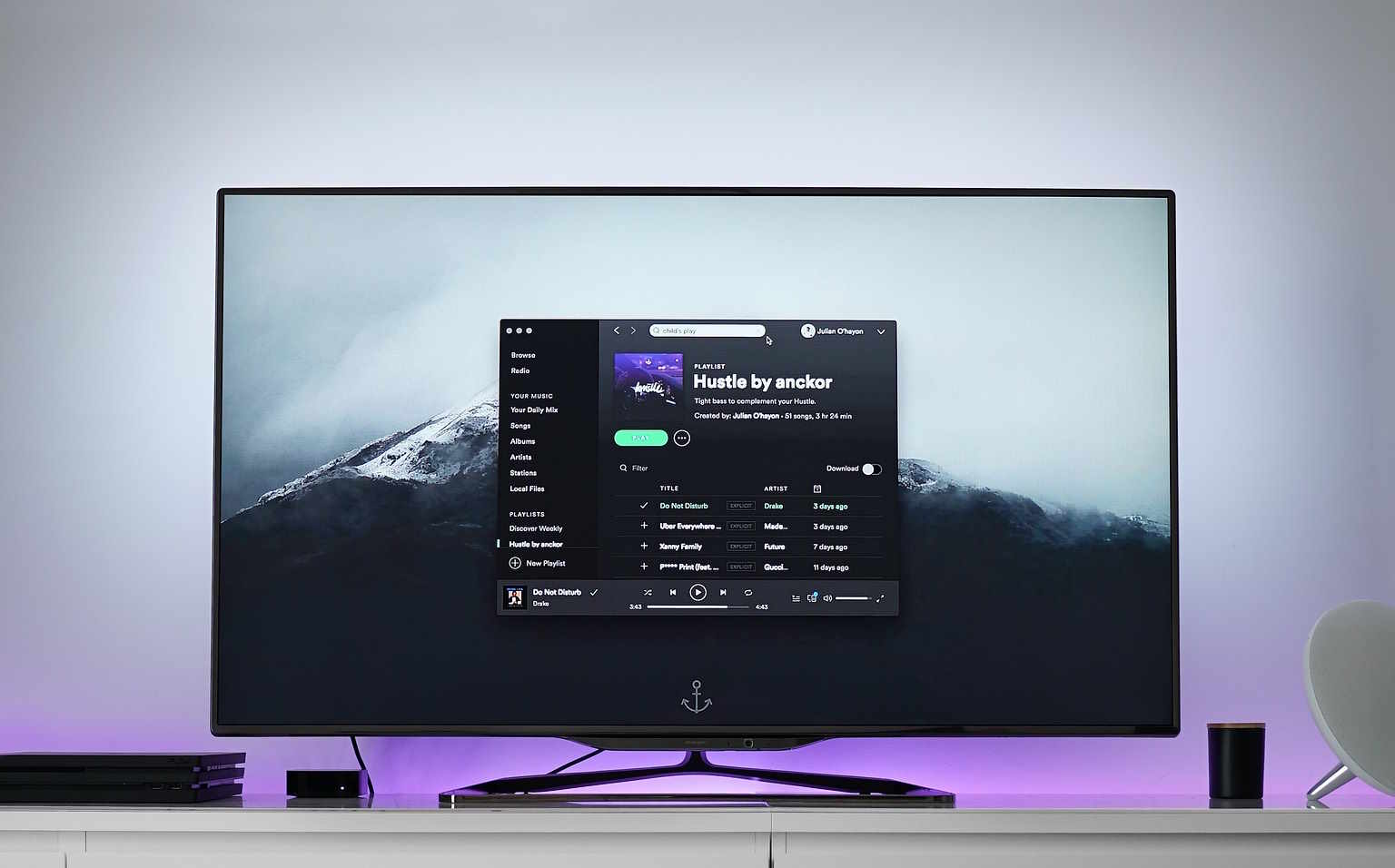Smart TV Insights: Key Features and Factors to Consider Before Making a Choice
Smart TVs have become a universal gateway to entertainment, combining streaming, apps, and connectivity in a single device. Yet the process of choosing the right one often raises questions: which features make a difference, what specifications to focus on, and how lifestyle influences the decision. By exploring how people across different regions evaluate screen size, platforms, and usability, it becomes easier to see the broader patterns that shape global interest in smart televisions today.
The smart television market has transformed dramatically in recent years, offering consumers unprecedented access to streaming services, apps, and internet capabilities directly through their TV screens. As these devices become increasingly sophisticated, choosing the right smart TV involves understanding various technical specifications, operating systems, and connectivity features that align with your viewing habits and home setup. With options ranging from budget-friendly models to premium offerings with advanced display technologies, making an informed choice requires careful consideration of several key factors.
Understanding Smart TV Operating Systems
Smart TV operating systems serve as the foundation of your television’s interface and functionality. Major platforms include Android TV, Roku TV, webOS (LG), Tizen (Samsung), and Fire TV (Amazon). Each system offers different app selections, user experiences, and update frequencies. Android TV provides extensive customization and Google integration, while Roku offers a straightforward, user-friendly interface with a comprehensive app library. Samsung’s Tizen and LG’s webOS focus on smooth navigation and quick access to content, while Fire TV emphasizes Amazon’s ecosystem. Your choice of operating system will significantly impact your daily interaction with the television, so consider testing different interfaces before making a decision.
Display Technology: Resolution and Panel Types
Resolution remains a crucial factor when selecting a smart TV. While 4K (3840 x 2160 pixels) has become the standard, 8K TVs are emerging for those seeking future-proofing, albeit at premium prices. Beyond resolution, panel technology significantly affects picture quality. LED-backlit LCD TVs offer good value but may struggle with deep blacks and viewing angles. QLED (Quantum Dot LED) enhances color reproduction and brightness compared to standard LED. OLED panels provide perfect blacks and wide viewing angles but may be susceptible to burn-in and typically cost more. Mini-LED technology, a newer option, offers improved contrast and brightness over traditional LED while remaining more affordable than OLED. Consider your viewing environment and content preferences when deciding which panel type best suits your needs.
Connectivity Features and Smart Home Integration
Modern smart TVs serve as potential hubs for connected home ecosystems. When evaluating connectivity options, ensure the TV includes sufficient HDMI ports (preferably HDMI 2.1 for gaming or future compatibility) and USB connections for external devices. Wireless connectivity features to consider include built-in Wi-Fi (ideally Wi-Fi 6), Bluetooth for headphones or speakers, and screen mirroring capabilities like Chromecast or AirPlay. Smart home integration varies by brand, with compatibility for voice assistants like Google Assistant, Amazon Alexa, or Apple HomeKit. Some models feature built-in microphones for hands-free control, while others require companion remote controls or external devices. Assess which smart home platforms you currently use or plan to adopt to ensure seamless integration with your television.
Picture Enhancement Technologies and Processing
Manufacturers implement various technologies to enhance viewing experiences. High Dynamic Range (HDR) formats—including HDR10, HDR10+, Dolby Vision, and HLG—expand contrast and color ranges for more realistic images. A television’s processor influences how effectively it handles motion, upscales lower-resolution content, and manages color accuracy. Premium models often include AI-powered processors that analyze content in real-time to optimize picture settings. Refresh rate, measured in Hertz (Hz), affects how smoothly motion appears on screen, with 120Hz displays providing noticeably better performance for fast-moving content like sports or gaming compared to standard 60Hz panels. While manufacturers may advertise “effective” refresh rates with motion enhancement features, the native panel refresh rate remains most important for true performance.
Audio Quality and Sound Enhancement Options
While picture quality often receives primary attention, sound capabilities significantly impact overall viewing satisfaction. Many slim modern TVs sacrifice audio quality due to limited space for speakers. Look for models with adequate power output (measured in watts) and technologies like Dolby Atmos or DTS:X for more immersive sound. Some televisions incorporate downward-firing, front-facing, or even invisible speakers that vibrate the display itself. Higher-end models may feature automatic room calibration that adjusts audio output based on your space. Consider whether you’ll need to supplement with a soundbar or external audio system, and check if the TV supports eARC (Enhanced Audio Return Channel) for high-quality audio passthrough to external systems.
Global Market Trends and Regional Availability
Smart TV features and models vary significantly by region, influenced by local streaming services, broadcast standards, and consumer preferences. North American markets emphasize streaming integration and voice control, while European markets often prioritize broadcast TV features and energy efficiency. Asian markets frequently lead in adopting new display technologies and connectivity options. Some manufacturers develop region-specific models with tailored app selections and user interfaces. When researching options, ensure reviews and specifications reference models available in your region. Global trends currently show increased adoption of larger screen sizes (55” and above), higher refresh rates for gaming, and improved AI-based content recommendations across all markets.
| Brand | Popular Operating System | Key Strengths | Typical Price Range |
|---|---|---|---|
| Samsung | Tizen | Picture quality, design, gaming features | $400-$3,000+ |
| LG | webOS | OLED technology, user interface, viewing angles | $300-$4,000+ |
| Sony | Google TV/Android | Picture processing, sound quality, accuracy | $500-$5,000+ |
| TCL | Roku or Google TV | Value, screen size for price, streaming ease | $200-$1,500 |
| Hisense | Android TV or Roku | Brightness, feature set for price, QLED options | $250-$2,000 |
Prices, rates, or cost estimates mentioned in this article are based on the latest available information but may change over time. Independent research is advised before making financial decisions.
When selecting a smart TV, consider your specific viewing habits, room environment, and budget constraints. The ideal television balances display quality, smart features, and audio capabilities within your price range. Take time to experience different models in person when possible, as online specifications cannot fully convey picture quality or interface responsiveness. Remember that while premium models offer cutting-edge features, mid-range options often provide the best value for most consumers. By understanding the key technologies and considerations outlined above, you can make a confident choice that will enhance your entertainment experience for years to come.





